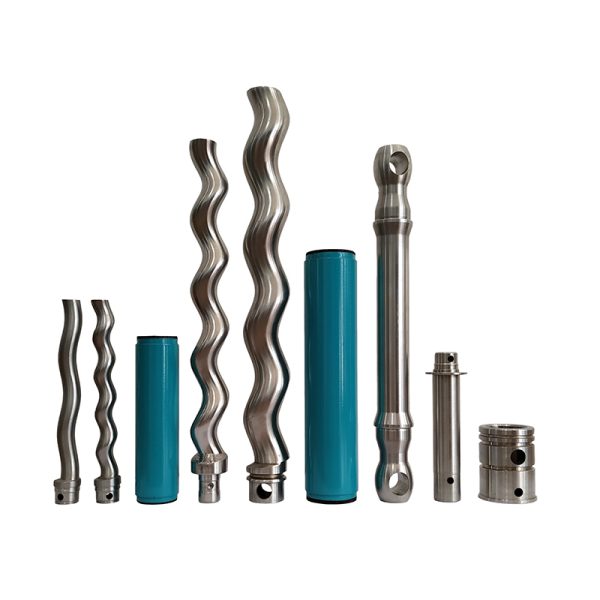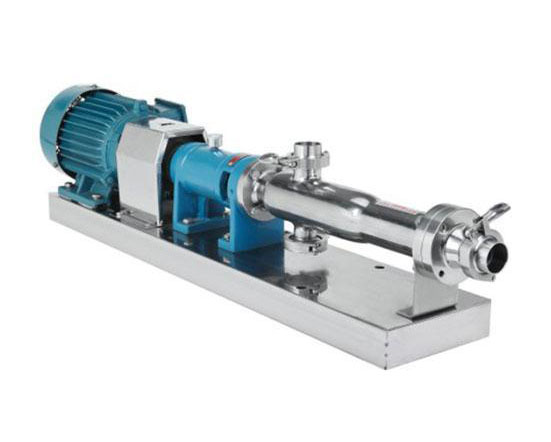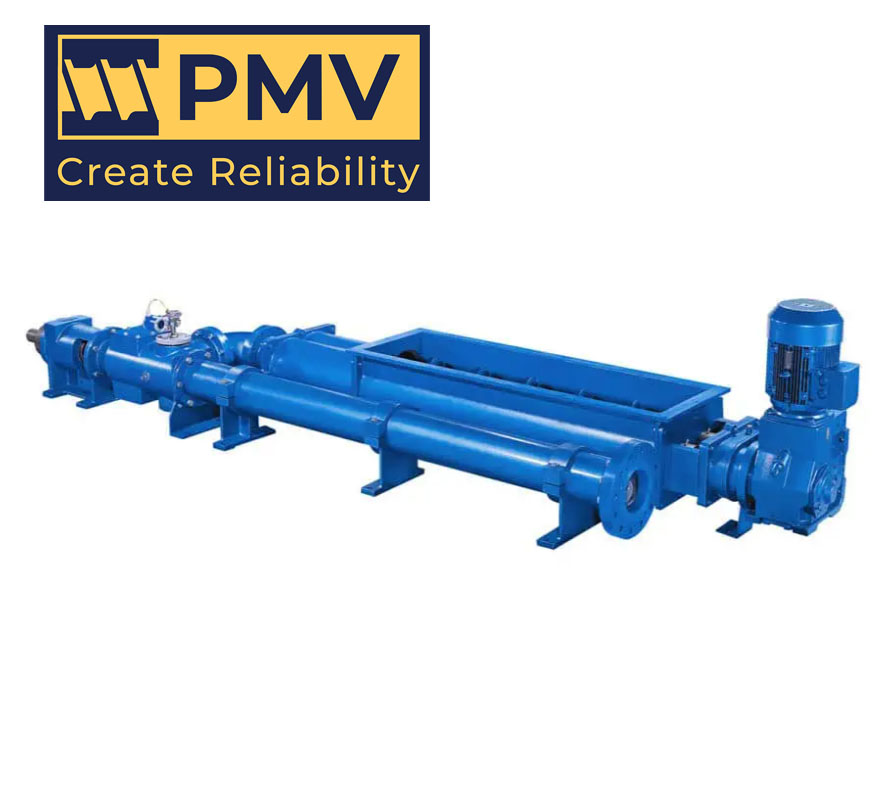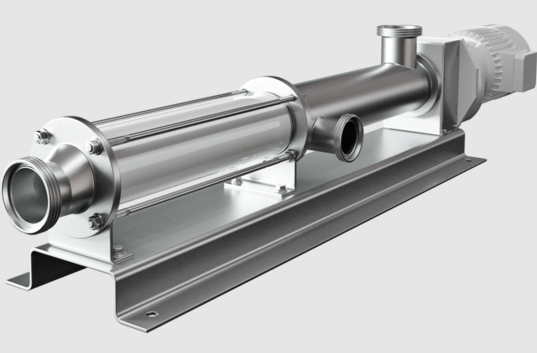screw pump diagram
The key components of a screw pump are:
-
- Casing – This is the outer housing that encloses the screw rotors.
-
- Inlet Port – The opening where the fluid enters the pump.
-
- Outlet Port – The opening where the fluid exits the pump.
-
- Screw Rotors – These are the helical screws that rotate and displace the fluid through the pump. They typically consist of two intermeshing screws.
-
- Timing Gears – These gears synchronize the rotation of the two screws.
-
- Bearings – Support the screw shafts and allow them to rotate.
-
- Seals – Prevent leakage between the inlet and outlet.

Screw pumps use the rotational motion of the helical screws to draw in fluid at the inlet and positively displace it through the pump to the outlet. They are commonly used to pump high-viscosity fluids like oils, grease, and molten polymers. The self-priming and low-pulsation characteristics of screw pumps make them well-suited for these applications.











